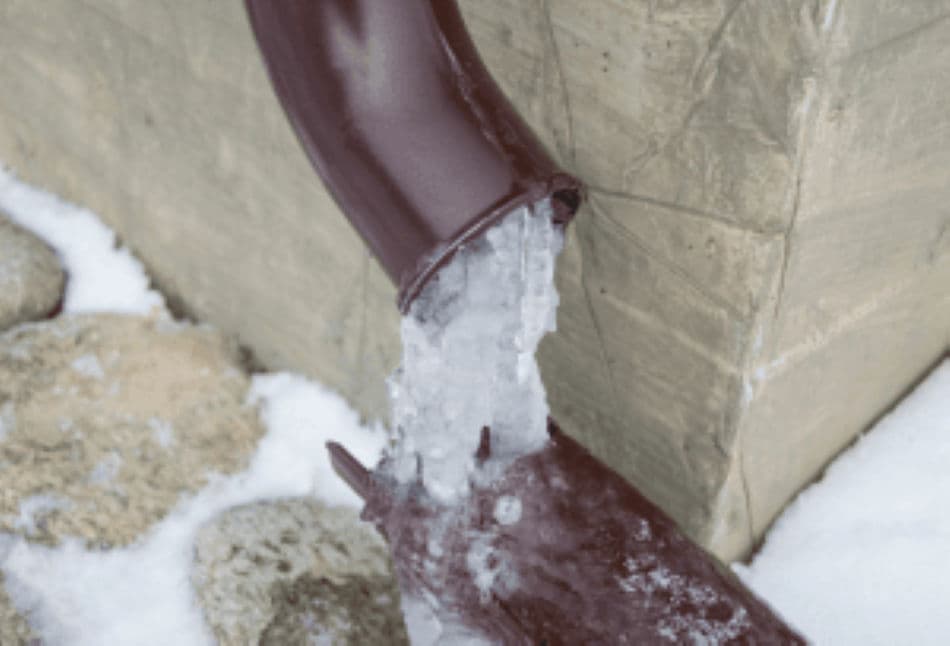How to Winterize a House Plumbing System Before Winter Hits
Prepare your home's plumbing for winter with essential tips. Avoid frozen pipes and costly repairs by insulating pipes, draining faucets, sealing drafts, and more.

Winter can wreak havoc on your home's plumbing if you're not prepared. Frozen pipes, burst lines, and expensive water damage are real threats when temperatures drop. Many homeowners call local plumbers in a panic once problems arise, but prevention is always cheaper than repair. This guide walks you through the key steps to protect your plumbing system before the cold hits. Follow these practical tips to keep your pipes safe throughout the winter.
Insulate Exposed Pipes
Protect your pipes from freezing by wrapping them with foam sleeves or insulation. This creates a barrier that keeps heat in and prevents pipes from bursting when temperatures drop. Look for exposed pipes in basements, attics, crawl spaces, or any unheated areas. Measure each pipe's diameter to get the right size foam sleeve. Cut the insulation to fit and wrap it tightly around the pipes. Pay extra attention to corners and bends where freezing happens most often. This simple step saves you from major headaches down the road.
Drain Outdoor Faucets
Your outdoor faucets need special attention before winter arrives. Turn off the water supply to these faucets from inside your home. Locate the bleeder cap on the indoor shut-off valve and open it to allow any trapped water to drain out. Head outside and open each outdoor faucet to release remaining water. Disconnect all hoses and store them away for the season. Once the water drains completely, close the outdoor faucet tightly. This prevents freezing that can crack pipes and cause leaks come spring.
Seal Drafts Around Pipes
Cold air sneaking in around your pipes can cause freezing and damage. Check everywhere pipes enter your home, basements, crawl spaces, attics, and walls. Use caulk or foam insulation to fill any gaps or cracks you find. Focus on areas where pipes run through exterior walls or floors, as these are typically the coldest. Add pipe insulation sleeves to exposed pipes for extra protection. Sealing these drafts keeps warm air in and cold air out, protecting your plumbing system all winter.
Keep Interior Temperatures Stable
Steady indoor temperatures protect your pipes from freezing. Large temperature swings can cause pipes to freeze and burst, resulting in costly repairs. Insulate your home properly and check for drafts around windows, doors, and outlets. Have your heating system checked before winter starts to ensure it runs smoothly. Use a programmable thermostat to maintain consistent temperatures and prevent sudden drops. Put draft stoppers at the bottom of doors to stop heat from escaping. Stable temperatures ensure your plumbing remains safe, regardless of the outside temperature.
Service Your Water Heater
Your water heater works harder in winter, so it needs proper maintenance. Flush out sediment buildup by connecting a hose to the drain valve and running water until the water is clear. Check the pressure relief valve for leaks and test it by lifting and releasing the lever. Set your thermostat to around 120°F to prevent overheating and wasted energy. Wrap insulation around the tank and exposed pipes to reduce heat loss, especially in cold spaces like basements. Regularly inspect your water heater for signs of rust or corrosion to catch problems early and extend its lifespan.
Prepare Emergency Shut-Offs
Know where your emergency shut-off valves are before problems happen. Find your main water shut-off valve and all individual fixture shut-offs throughout your home. Ensure you can easily access these valves and turn them off quickly if necessary. Label each valve clearly so anyone in your household can find them fast. Consider installing water leak detectors near appliances and in areas prone to leaks for early warning signs. Having these shut-offs ready minimizes damage if something goes wrong during winter. A little preparation now prevents major disasters later.
Related Topics: